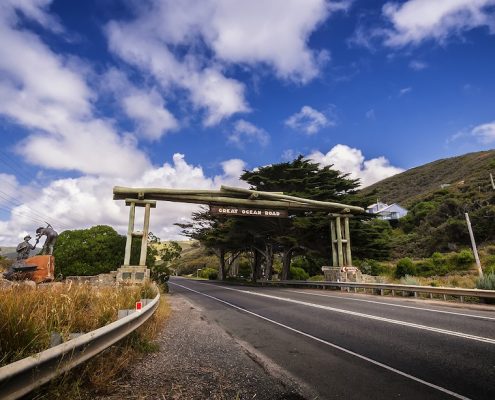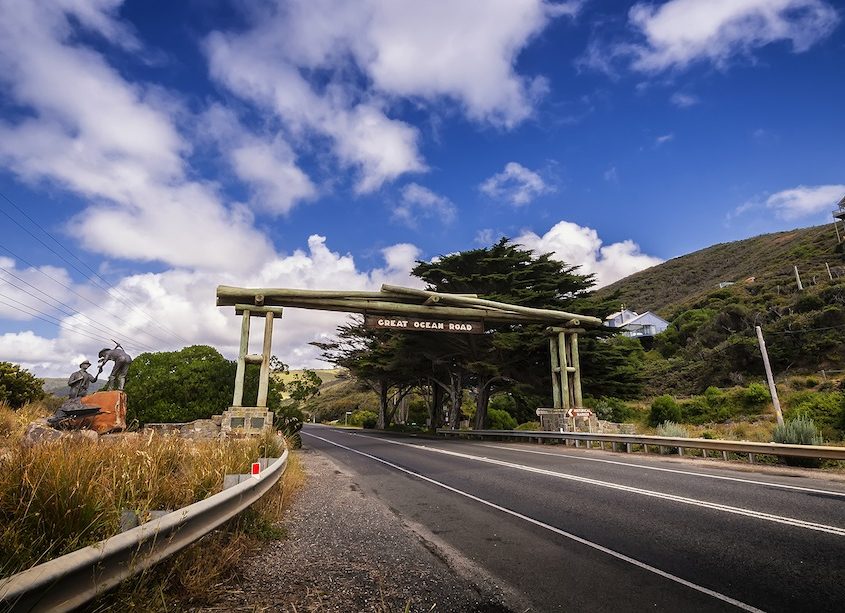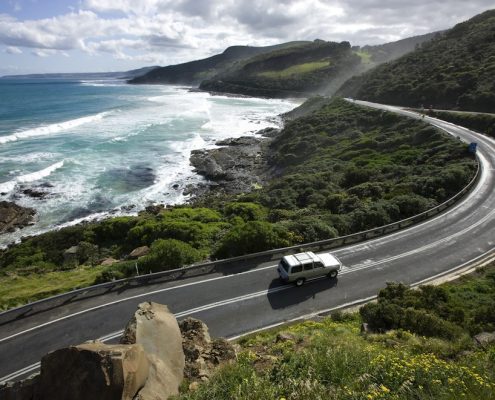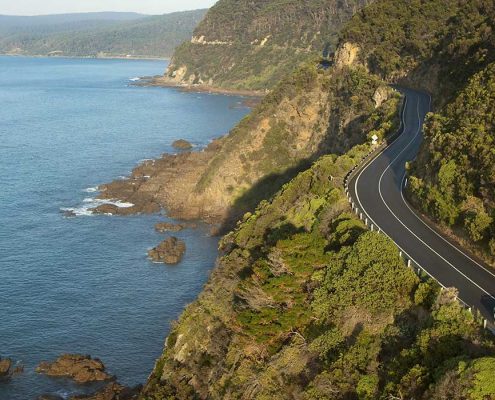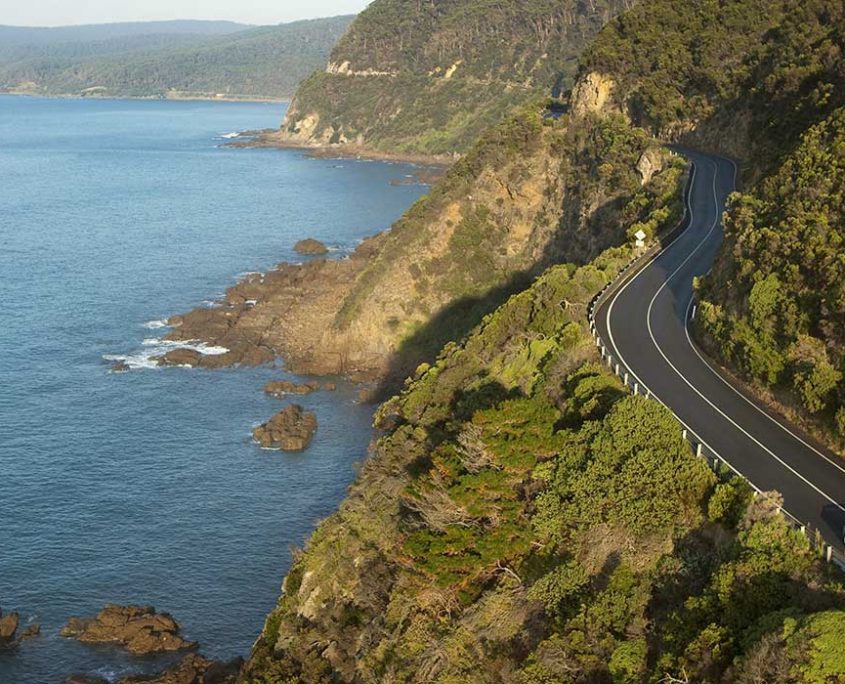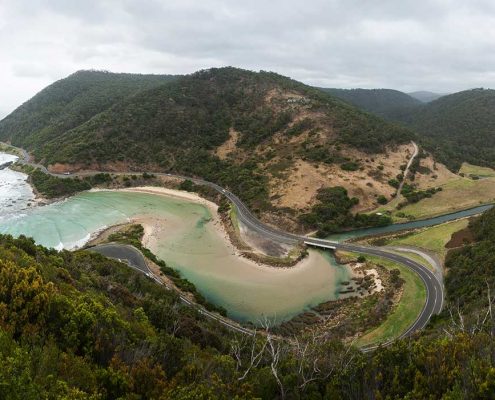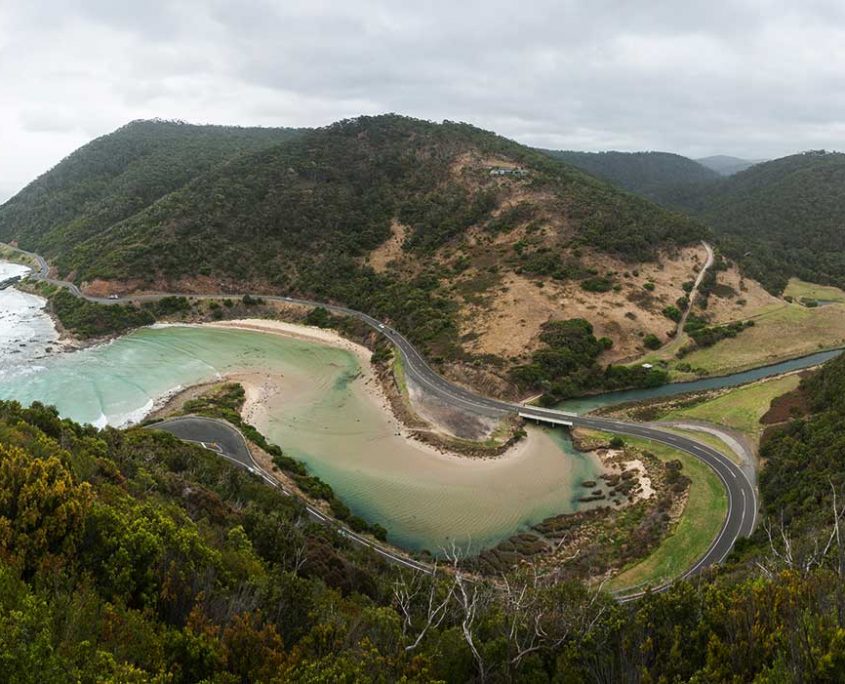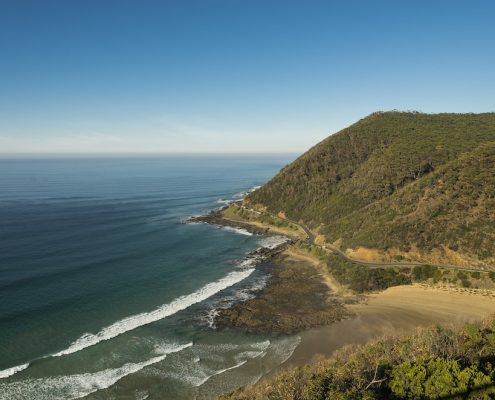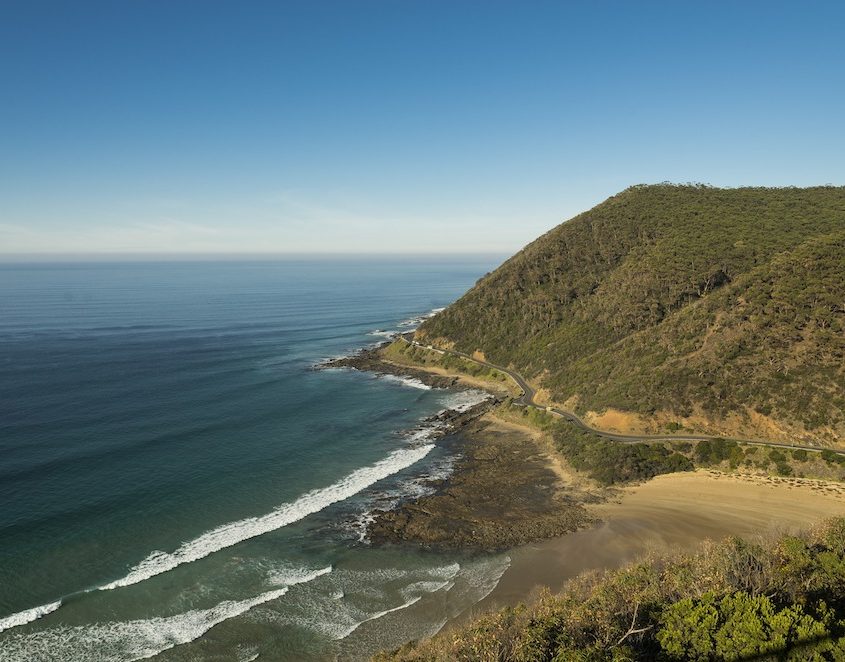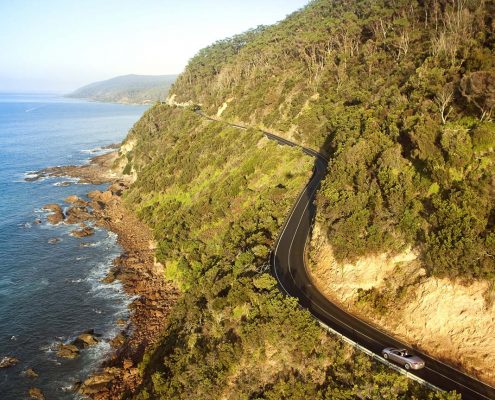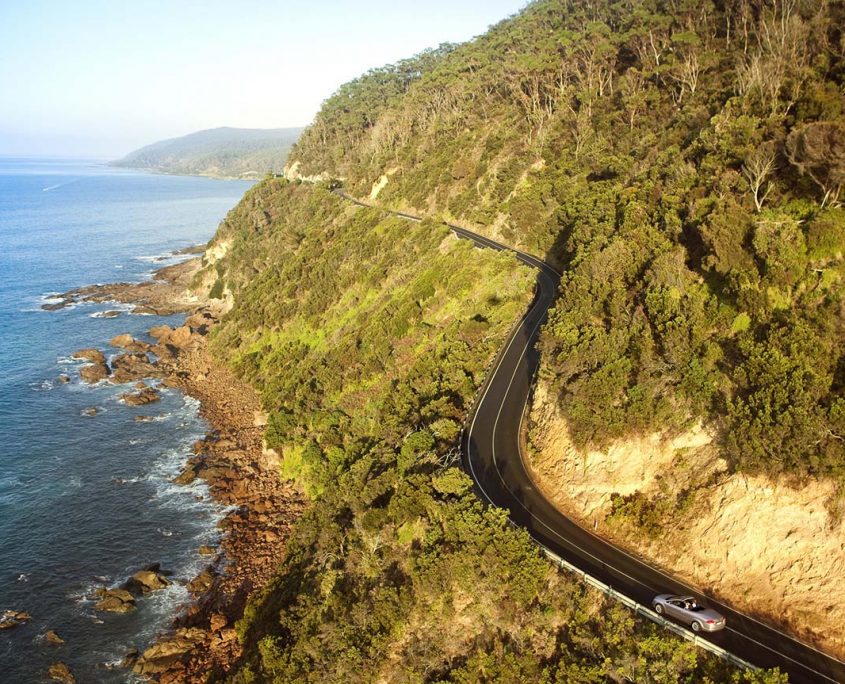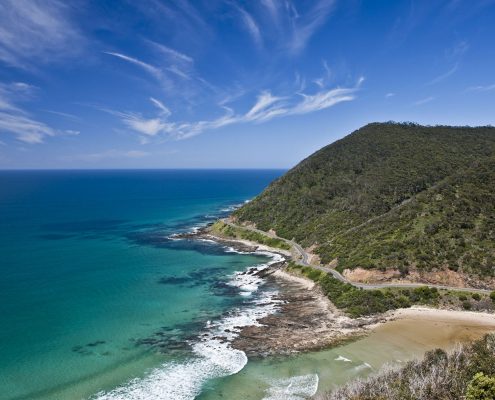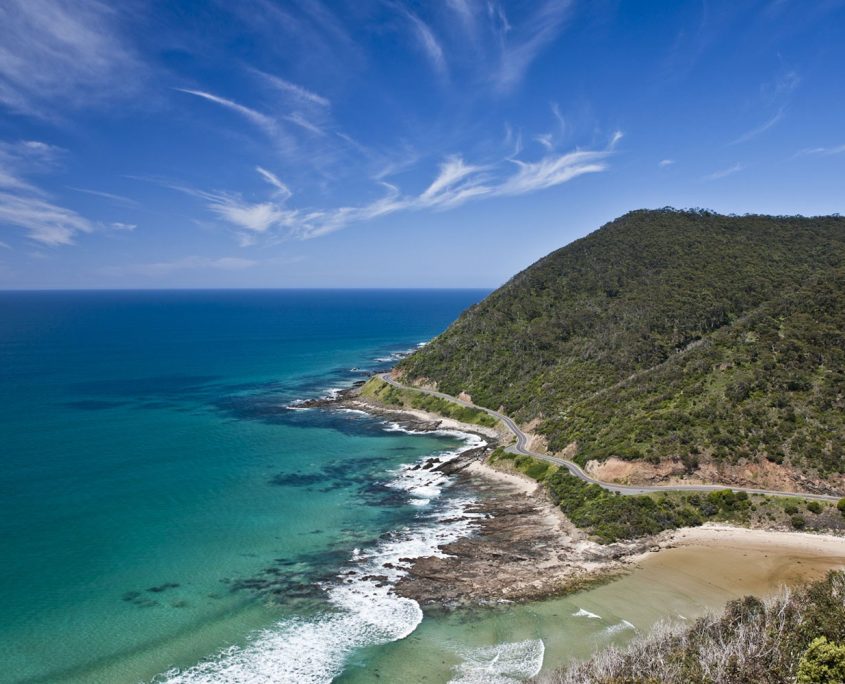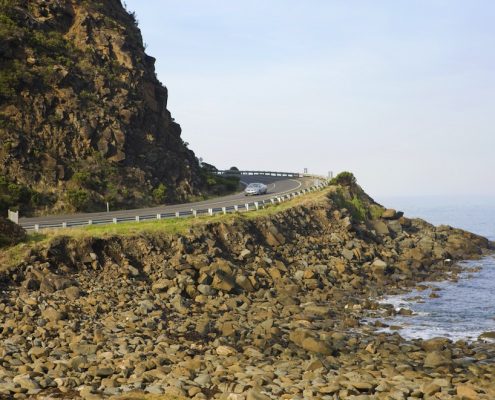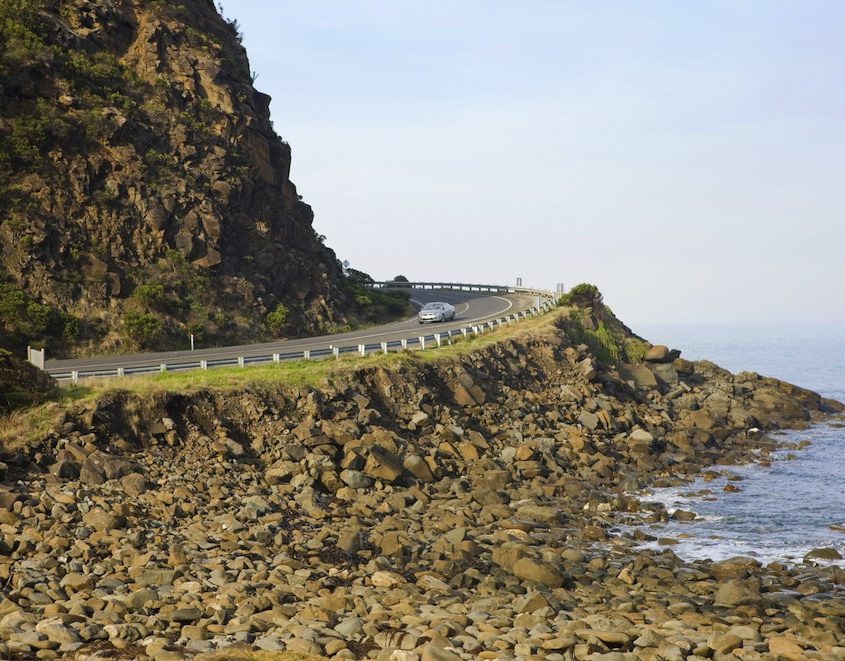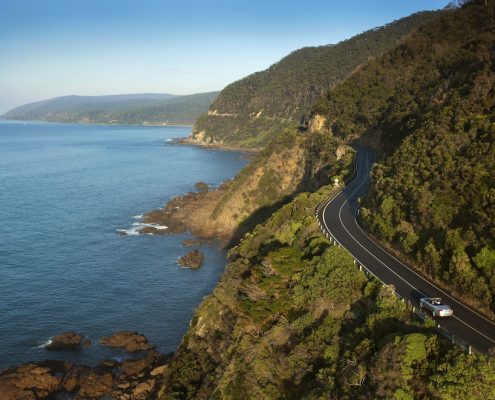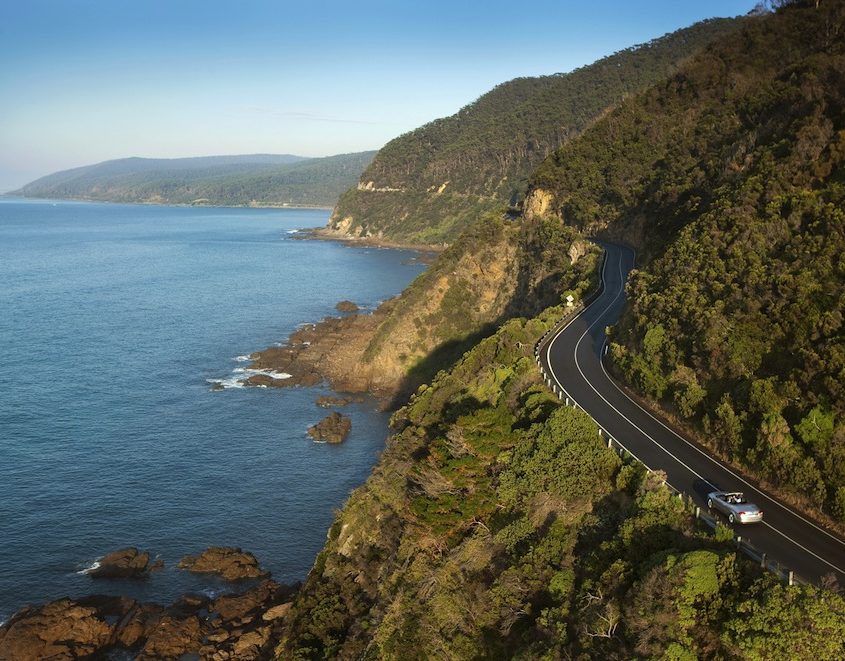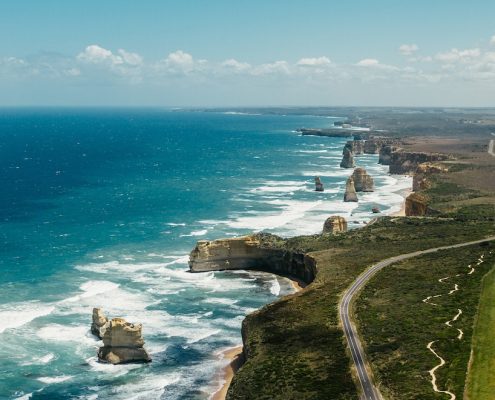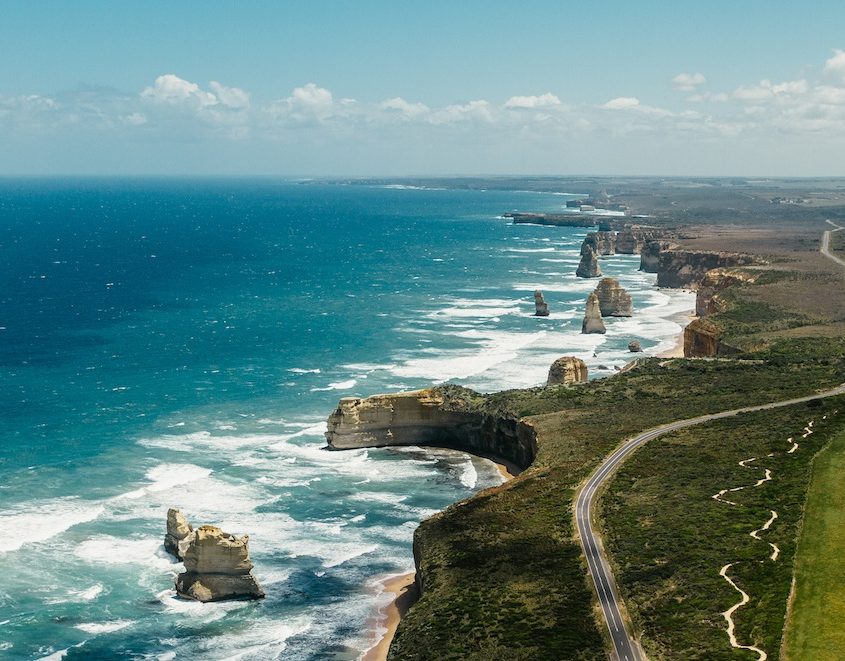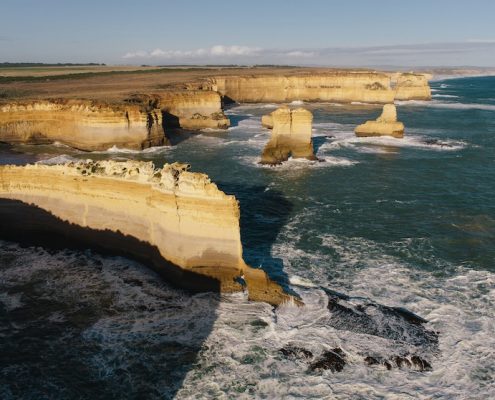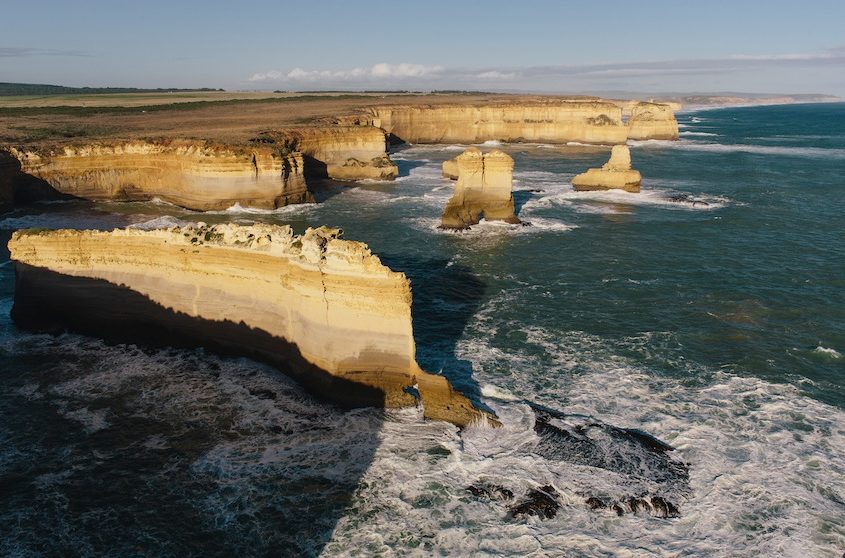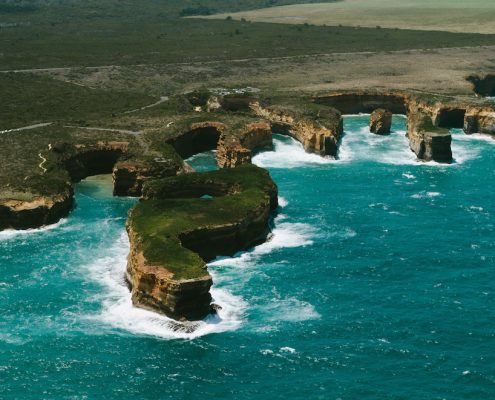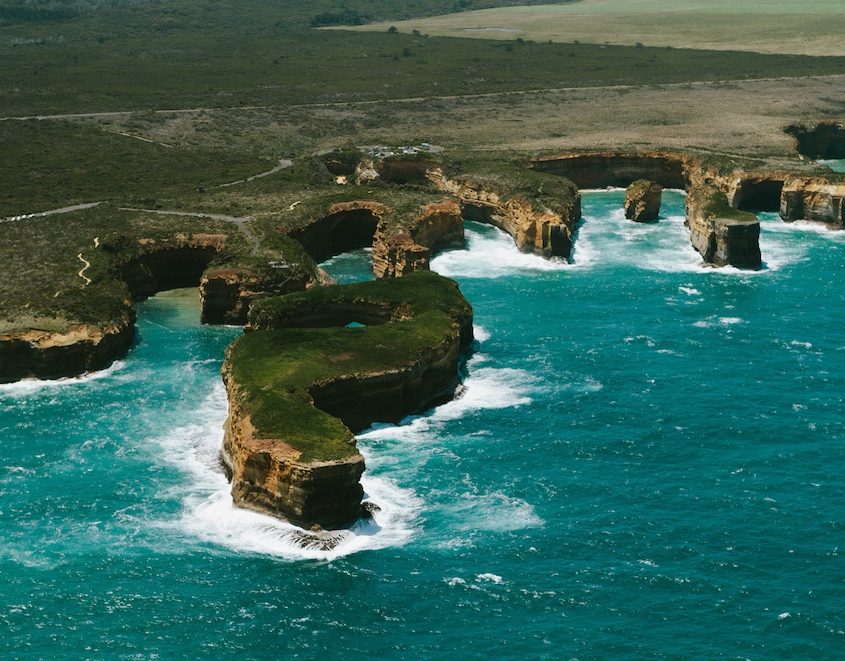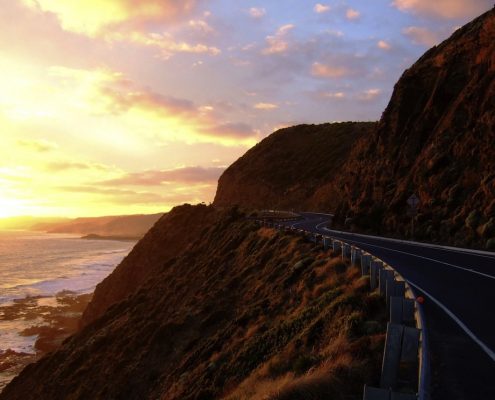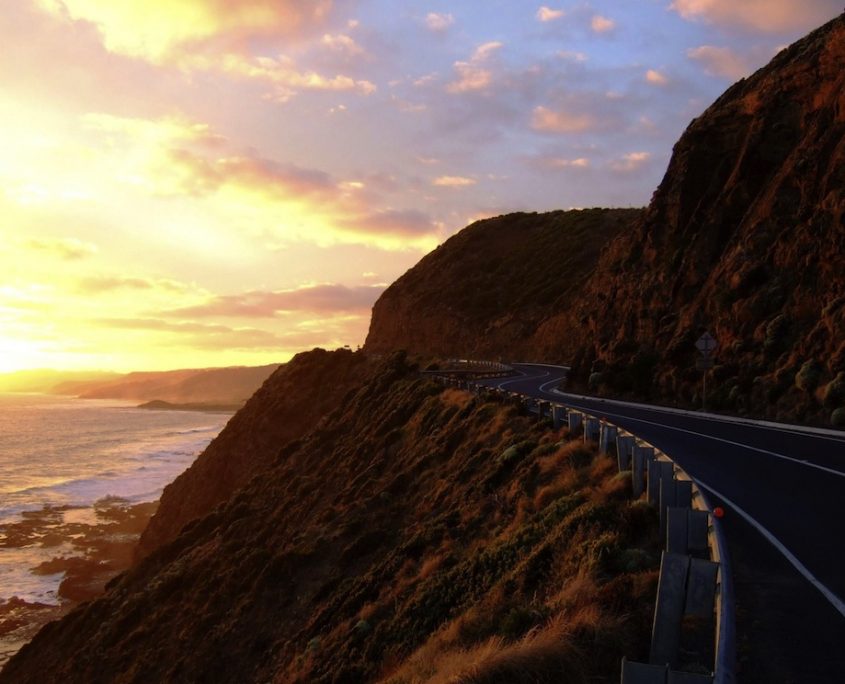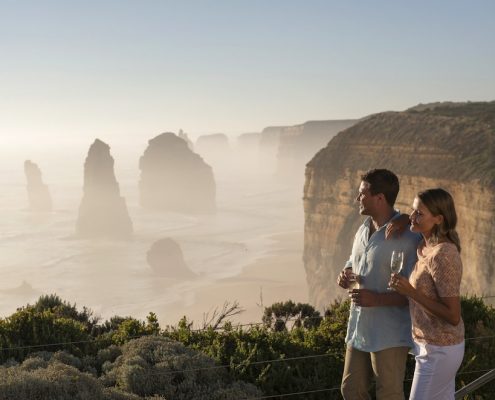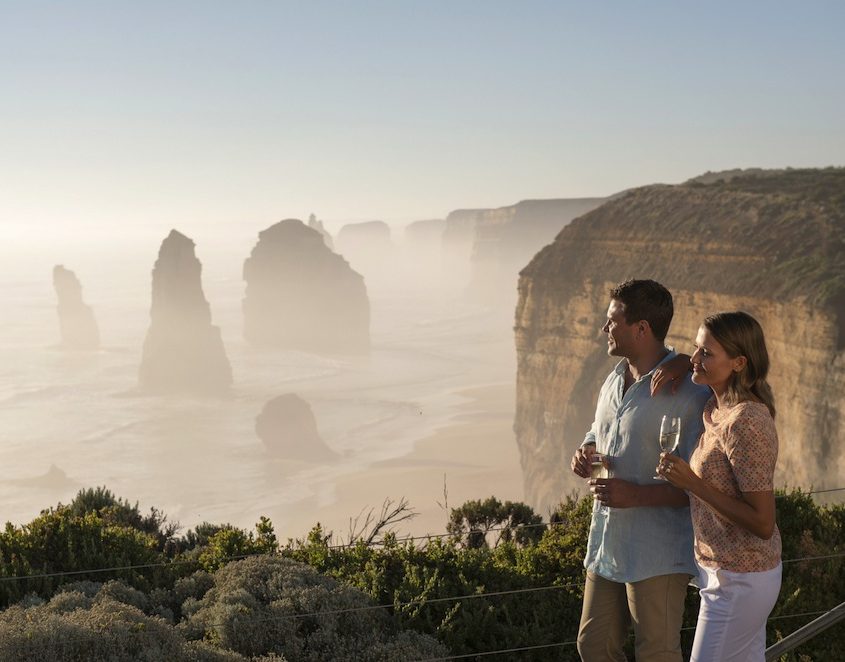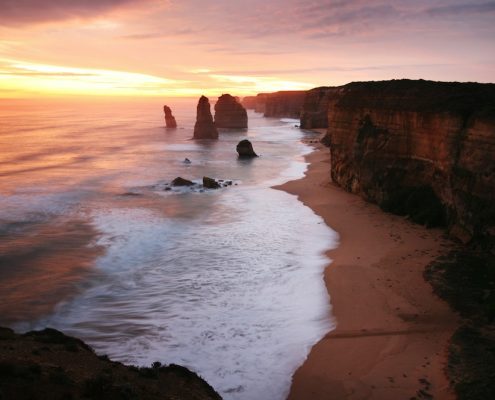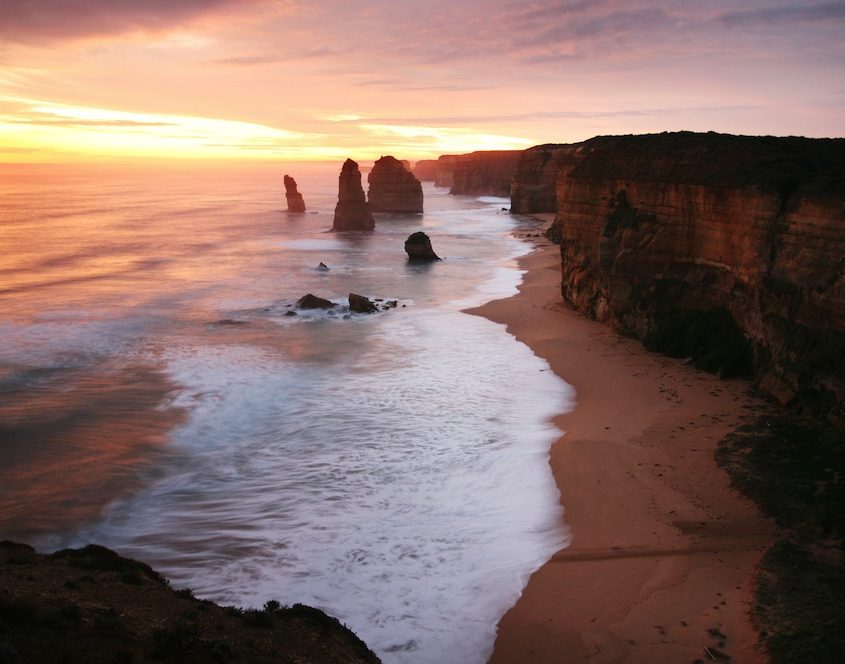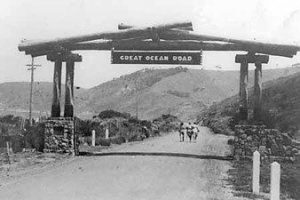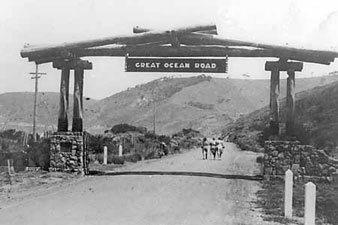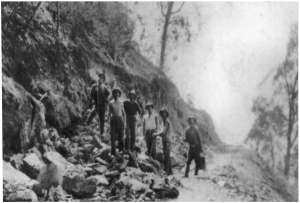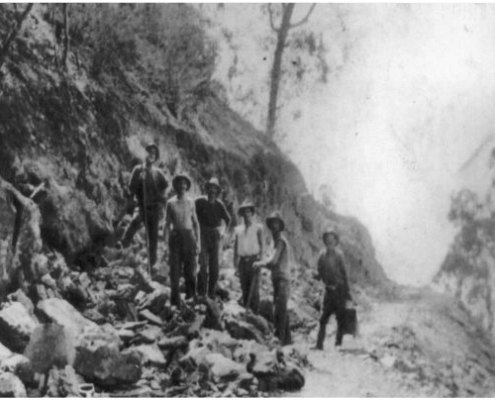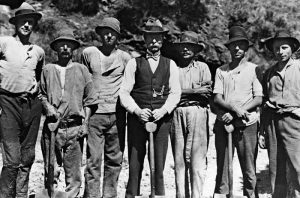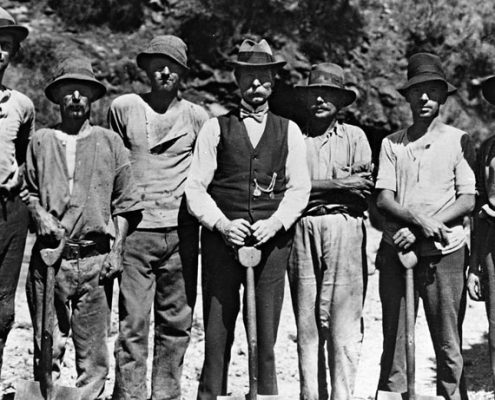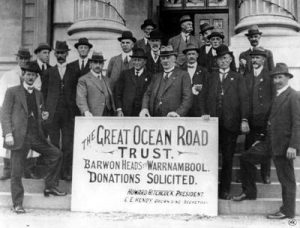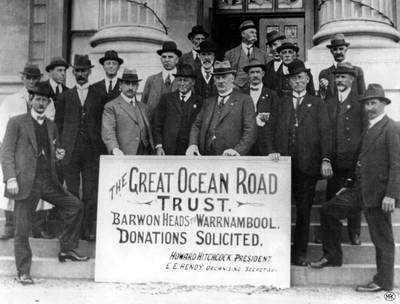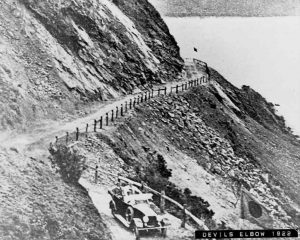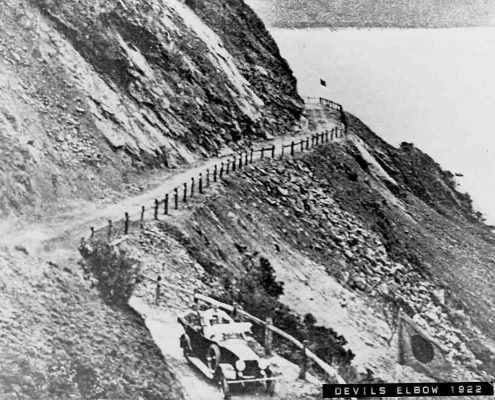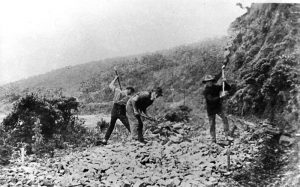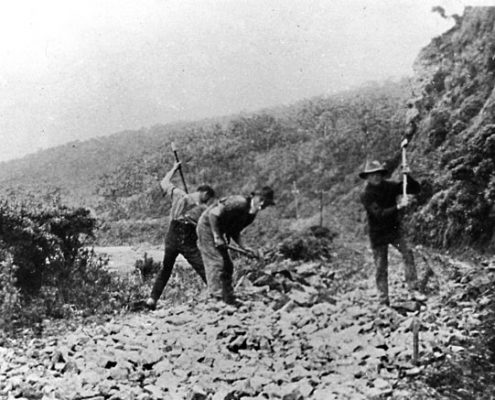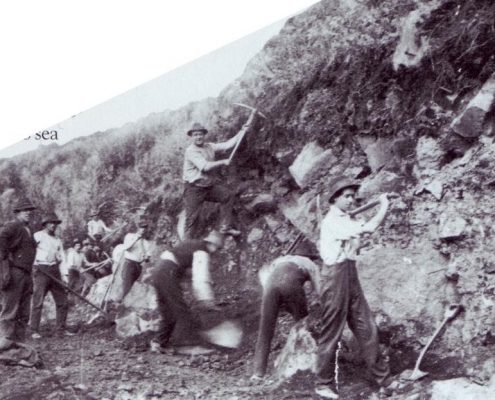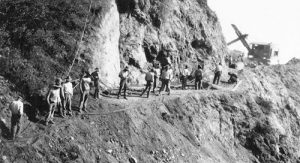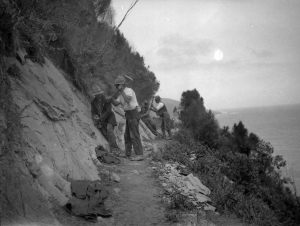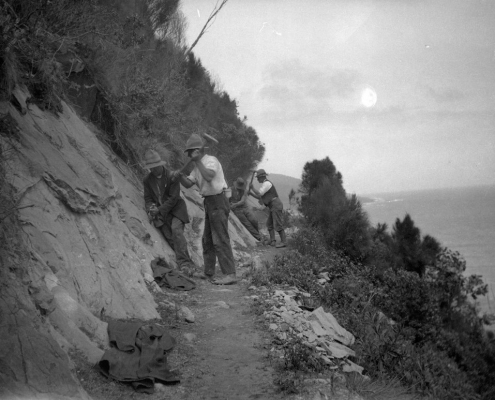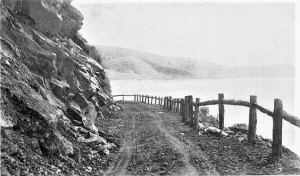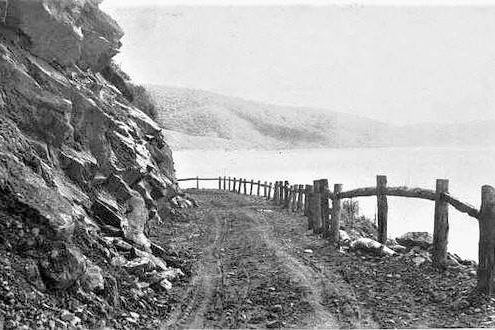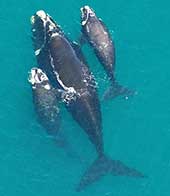Quite possibly the most scenic coastline in Australia. You’re in for a treat when you visit
The Great Ocean Road
If you haven’t driven along the Great Ocean Road yet then it’s about time you did. And, if you have then you are in for a surprise anyway as the ocean is different every day. Some days it’s flat while on other occasions the swell may be massive. Some days the wind is onshore while on others it gently combs the ocean with an offshore breeze. Different seasons also bring with them different hues, ever changing landscapes and the waters of Bass Strait are never ever the same.
The Great Ocean Road unofficially begins at Torquay and snakes its way along the coastline for over 240 kilometres until it reaches the seaside town of Warrnambool. This great, iconic, ocean drive gets its reputation not simply because it hugs probably the most incredible coastline in Australia but because it also moves through terrain which is always changing and quite frankly, awesome. Prepare to drive past numerous beaches- all of them tantalising and many of them completely deserted.
Distances and driving times along the
Great Ocean Road
- Towns
- Melbourne to Torquay
- Torquay to Lorne
- Lorne to Apollo Bay
- Apollo Bay to Johanna
- Johanna to the 12 Apostles
- The 12 Apostles to Port Campbell
- Port Campbell to Warrnambool
- Warrnambool to Port Fairy
- Distance
- 104 kms
- 46 kms
- 47 kms
- 40 kms
- 46 kms
- 11 kms
- 76 kms
- 28 kms
- Time
- 1 hour & 20 minutes
- 50 minutes
- 1 hour
- 40 minutes
- 45 minutes
- 10 minutes
- 1 hour
- 26 minutes
Frequently asked questions about
The Great Ocean Road
History of the
Great Ocean Road
By the finish of the first World War there was no Great Ocean Road. Returned soldiers needed work so the chairman of the Country Roads Board asked the State War Council for funds in order that returned soldiers could work on roads in sparsely populated areas in the Western District. At that time the rugged south-west coast of Victoria was only accessible by sea or roughly made tracks. It was considered to be important at the time that the few coastal settlements needed a proper road in order to support a growing timber industry and tourism.
The Great Ocean Road was initially called the South Coast Road and road surveys began in 1918. In that same year the Great Ocean Road Trust was created as a private company. The company managed to get £81,000 from private subscription and borrowing and intended to pay it back by charging drivers a toll until the debt was cleared.
Construction began in September 1919, one intention being that the road would be a lasting memorial to those servicemen who died in the war. Progress was slow with workers achieving around 3 kilometres a month. All work was done by hand; using explosives, pick and shovel, wheel barrows, and was at times extremely dangerous, with numerous workers killed on the job.
The workers were paid 10 shillings and sixpence for eight hours a day, also working a half-day on Saturdays. Accommodation was tents and there was a common dining marquee and kitchen. Food cost about 10 shillings a week. Regardless of the difficulty involved in making the road, the workers had access to a piano, gramophone, games, newspapers and magazines at the camps. One of the many tales told during the times of construction was from 1924. The steamboat Casino became stranded near Cape Patton after hitting a reef, and it had no choice but to throw 500 barrels of beer and 120 cases of spirits into the sea. Guess what happened? A two-week-long drinking break. We can only imagine what shenanigans the workers got up to during those 2 weeks.
Construction of the Great Ocean Road began at Eastern View. On March 18, 1922 the section from Eastern View to Lorne was officially opened with due pomp and ceremony. However, it was then closed until 21 December when it was reopened along with tolls to recoup construction costs. The charge, payable at Eastern View, was two shillings for motor cars, and 10 shillings for wagons with more than two horses. Ten years later in November 1932, the section from Lorne to Apollo Bay was finished, officially marking its completion.
When you make that decision to travel to the Great Ocean Road, you will no doubt do plenty of reading on the area and have a look at plenty of photos. To assist even further in your preparation you might also consider looking at a few videos. So, please find below a selection of some Great Ocean Road videos.

